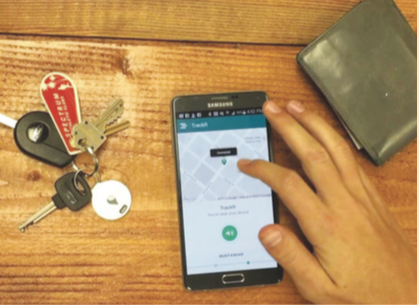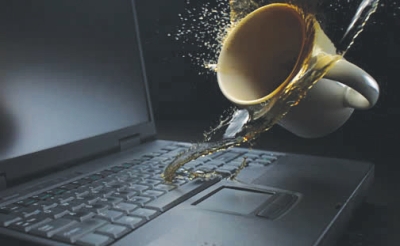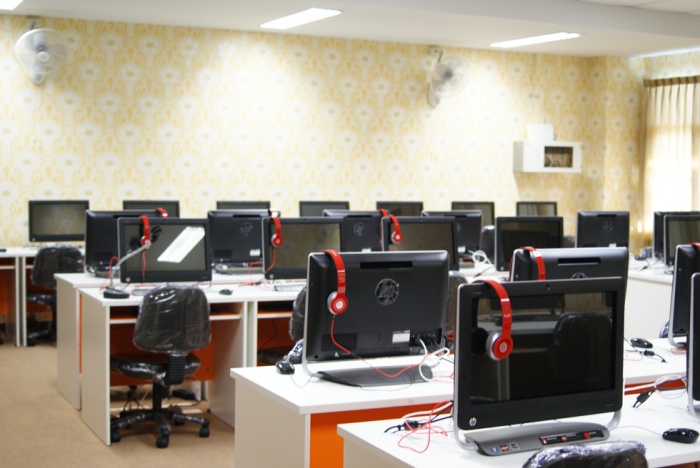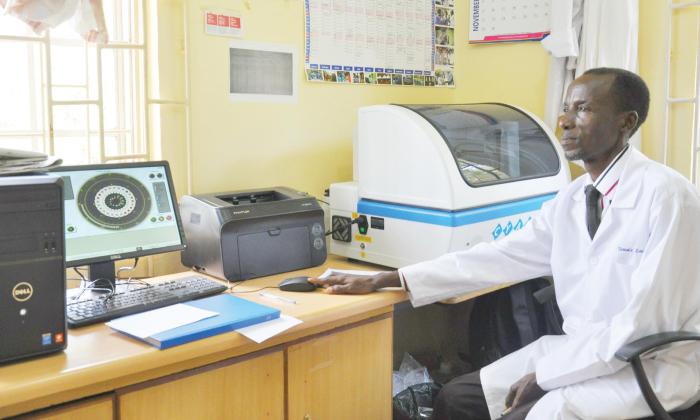BY J IMMY MAWERERE
IMMY MAWERERE
Have you ever returned home,
extremely exhausted, and you just drop your gadgets, or keys anywhere? Ever gone shopping in the big malls, only to exit from a different route and you cannot remember where you parked your car?
Well, help is at hand – and it is not in the form of the expensive global positioning systems (GPS)
or radio triangulation! The GPS tracking systems are expensive and must be installed by experts, who are not readily available in your neighbourhood. And they are not mostly accurate and reliable in countries with low technology Welcome to the simple, small, and cheap device known as the TrackR. This small device, with advanced tracking applications,works with Android phones. Most smart phones in Uganda run on the Android software.
After acquiring the device, download a free application on your Android or iPhone and then attach the device to anything you would like to track. You can attach this device to your luggage, wallet, car keys or any other valuable asset.
Unlike the GPS, the TrackR does not require subscription to the GPS. It has a non-limited life span, as long you replace the batteries periodically.
The device works in two ways; it can locate other devices using your phone, and it can also be used to A phone user linking the phone and keys for future tracking locate your iPhone or your ring, wherever it is located.
It is manufactured for comfort as it comes with two sided tape that you can stick to any flat surface. This device will this by double pressing the for comfort as it comes definitely make locating device and the phone will with two sided tape that your objects easy and fun.





You must be logged in to post a comment.